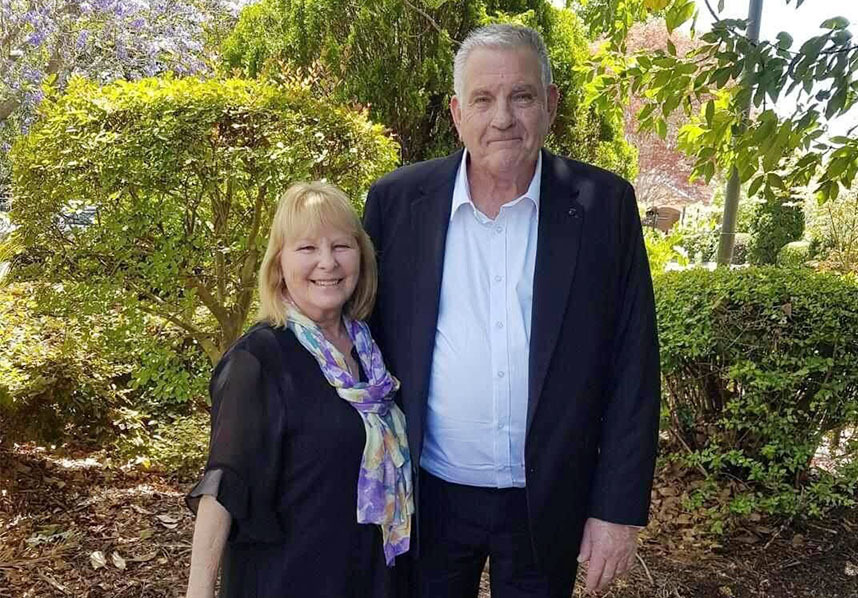Real Estate Woolloongabba
Access Made Easy
The Pacific Motorway cuts straight through Woolloongabba as well as major roads such as Ipswich Road. The motorway has exits south into Vulture Street and a northern exit at Stanley Street. As well as this, there is an entrance into the Clem Jones Tunnel located on Ipswich Road. Public transport is a big part of the area. There are trains which service the area and stop at Park Road railway station as well as Buranda railway station. The South-East busway cuts through the suburb and has stops at the Woolloongabba Busway Station and the Buranda Busway Station which is where the Maroon CityGlider also stops. Additionally there is a major taxi depot located in Woolloongabba. There is no doubt that Woolloongabba has an abundance of transport options, making getting out and about super easy for residents.
Attractions
The most well-known attraction of Woolloongabba is the Brisbane Cricket Ground or The Gabba, a sporting stadium with a capacity of 42,000 people. It hosts professional Australian Rules Football, professional cricket matches of all types, and even hosts concerts such as Adele and Taylor Swift. At times, this suburb can hold an amazing aura and energy that is impossible to ignore; the streets become overflowed with fans donned in their team’s colours, filling the air with excitement. Woolloongabba has made a reputation for itself; it is known by some to be Brisbane’s antique precinct, attracting bargain hunters and furniture enthusiasts. Customers flock the nearby antique and vintage fashion stores that line the streets of Woolloongabba and can spend the whole weekend searching for that one special piece.
Woolloongabba’s flourishing dining scene includes trendy bistros as well as established fine dining favourites for those looking for a fancy night out. This suburb offers something for everyone, making for an active and cheerful nightlife. This is as well as being home to the famous Norman Hotel, a local landmark which has been serving customers since 1890. As well as this, many apartment buildings offer breathtaking views of the Brisbane River and although there are many high-rise apartment buildings, there are also smaller unit blocks as well as historic Queenslander style homes available.
Only being a short two kilometres away from the Brisbane CBD means that it is easy to join in the electric nightlife and enjoy the various amenities that the city has to offer during the day. Woolloongabba is also close to Kangaroo Point, the Brisbane City Botanic Gardens, the Brisbane Riverstage, Southbank, QUT Gardens Point Campus, The University of Queensland St Lucia Campus and much more, there is never a shortage of activities when living in Woolloongabba. Furthermore, healthcare facilities are close and easy to get to. Woolloongabba is home to the Princess Alexandra Hospital and is extremely close to the Queensland Children’s Hospital, making this suburb that much more desirable.
History
Experts are divided on the exact origin of the name ‘Woolloongabba.’ They are torn between the Aboriginal meaning either being ‘whirling waters’ or ‘fight talk place.’ The area also used to be referred to as ‘One Mile Swamp’ up until the early 1890s because the area used to be low-lying and swampy.
Woolloongabba is home to St Nicholas Cathedral, the oldest Australian purpose built Orthodox Russian church. Built in 1935, it was constructed due to Woolloongabba becoming the settlement for Russian immigrants in the early 20th century. Additionally, Woolloongabba has a multitude of heritage listed buildings. This includes the former post office located on Stanley Street, the Norman Hotel on Ipswich Road, the Woolloongabba Air Raid Shelter located on Sword Street, as well as eleven more sites located along Stanley Street, Annerley Road, Cornwall Street, Hawthorne Street, Cowley Street, Logan Road, and Main Street.
The Woolloongabba Rail Depot, a well-known location, was established in 1855 and closed in 1987 but was an integral part of Woolloongabba’s history. In 1900 this depot would have up to 24 goods trains cross through the Rail Depot. This suburb was once home to a large tram depot. Where trams once bustled through transport depots, you can now find a diverse collection of bars, restaurants, and boutiques.
Multicultural
Like most of Australia, Woolloongabba’s population is very multicultural, with only 55% of its residents in 2011 being born in Australia. The other 45% of the population being born in New Zealand, India, England, Korea, China and many more. Being a multicultural suburb, it promotes the value of inclusiveness and therefore, makes Woolloongabba an excellent suburb for real estate.
If you are looking to buy, sell or rent in the amazing suburb of Woolloongabba and make the most of it’s incredible amenities it has to offer, contact our expert team here at Reval for professional advice and opinions. There is no doubt our team will be able to help sell or find the perfect home for you.
Get In Touch
Become a Reveller
Get latest news & exclusive access








